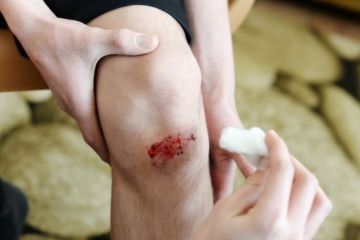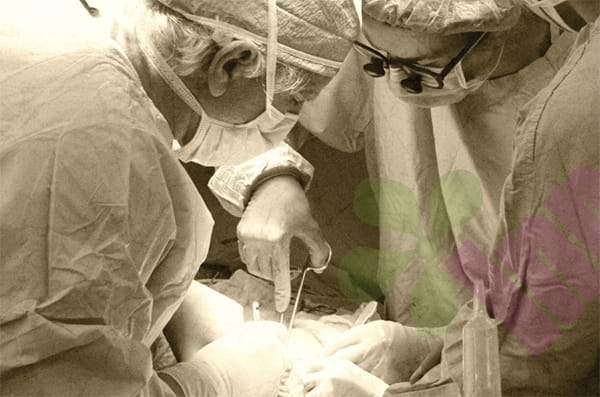During wound healing, excessive granulation tissue growth sometimes occurs. This is manifested as soft, red tissue that grows above the surrounding skin and bleeds easily when touched. This condition is medically known as excessive granulation tissue growth and is an abnormal manifestation of the wound repair process.

What factors usually cause granulation overgrowth?
The most common cause is repeated physical stimulation of the wound, such as friction or pressure, which can occur over a joint, or improper dressing changes. Infection is also a significant contributing factor, as bacteria can stimulate local inflammation and lead to abnormal proliferation of granulation tissue. Furthermore, an excessively moist wound environment, malnutrition, or certain chronic diseases, such as diabetes, can impair the normal healing process.
How to control granulation growth?
Hydrogel dressings are a good option, providing a moderately moist environment while softening overgrown granulation tissue through hydration. Clean the wound thoroughly before applying. Then, cut the dressing to the size of the wound, ensuring it completely covers the granulation tissue and extends 1-2 cm beyond the edges. Hydrogel dressings are generally changed every 2-3 days, allowing for observation of changes in the granulation tissue.
For more severe cases of excessive granulation, medical intervention may be necessary. Your doctor may use chemical cauterization with silver nitrate, which is effective in controlling granulation growth. Trimming excess granulation tissue under local anesthesia is also a common procedure. Postoperative use of a hydrogel dressing can promote wound healing. If infection occurs, antimicrobial dressings or oral antibiotics may be necessary.
To prevent excessive granulation growth, you need to pay attention to the following points:
Keeping the wound clean is key. Change the dressing regularly to prevent infection. Reduce friction and pressure on the wound site and use protective dressings when necessary. Manage underlying conditions, such as diabetes, and ensure adequate nutritional intake, especially protein and vitamin C. Observe the wound regularly for changes and address any problems promptly.
Hydrogel dressings offer unique advantages in preventing and managing excessive granulation. They maintain a moderately moist wound environment, preventing excessive dryness or dampness; reduce pain during dressing changes; facilitate wound observation; and provide a protective barrier. However, it should be noted that for infected or heavily exuding wounds, alternative dressing types may be necessary.
During daily care, pay special attention to not tearing off the wound scab and avoiding unnecessary irritation. Keep the skin around the wound clean and dry, but avoid using harsh disinfectants. Nutritionally, ensure adequate protein intake and eat foods rich in vitamin C. If a wound persists or granulation tissue continues to proliferate, seek medical advice promptly.
Although common, scar overgrowth can usually be effectively controlled with the right care. For more information on Innomed® Silicone Scar Dressing, refer to the Previous Articles. If you have customized needs, you are welcome to contact us; You Wholeheartedly. At longterm medical, we transform this data by Innovating and Developing Products that Make Life easier for those who need loving care.
Editor: kiki Jia

 English
English عربى
عربى Español
Español русский
русский 中文简体
中文简体








